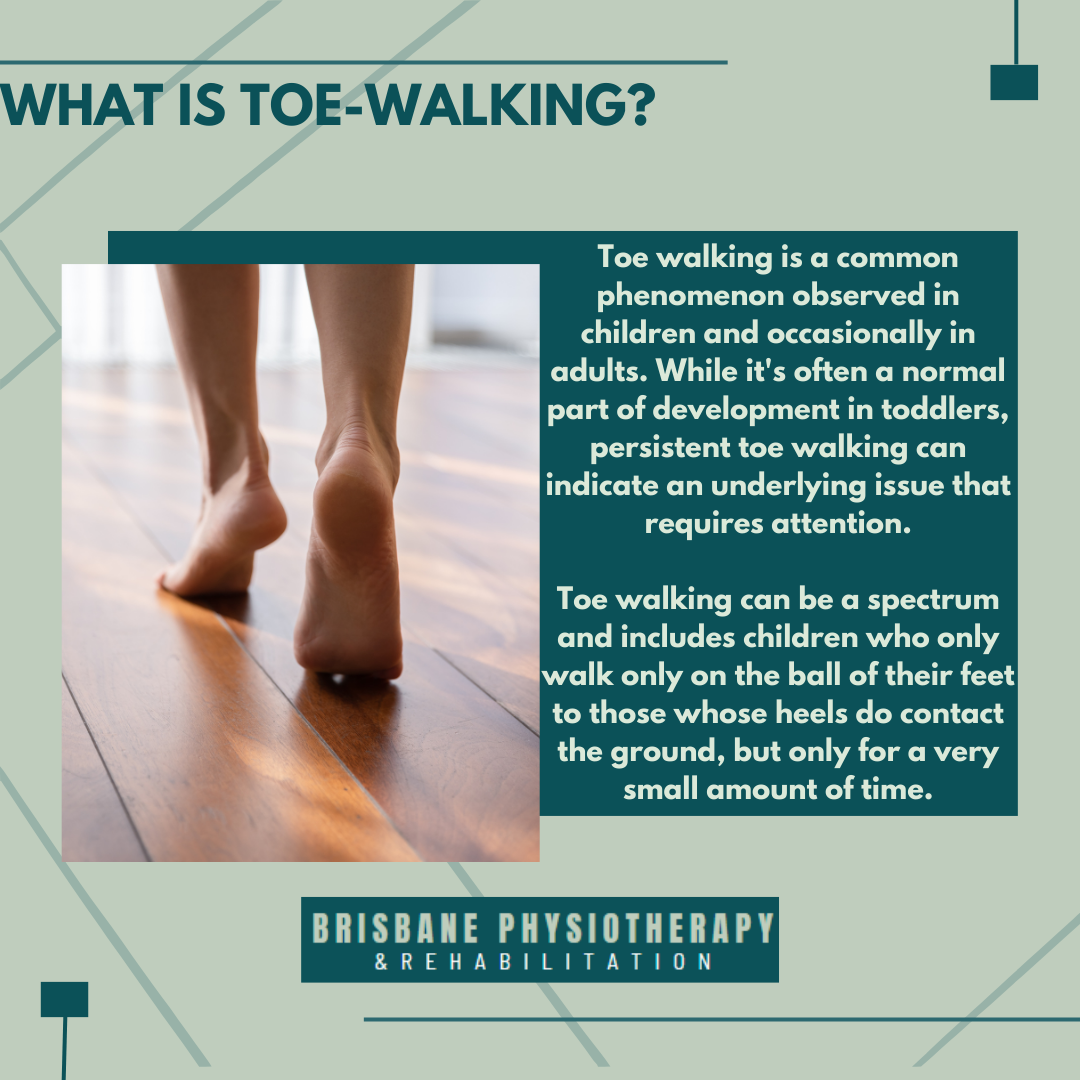What is Toe Walking?
Toe walking is a common phenomenon observed in children and occasionally in adults. While it's often a normal part of development in toddlers, persistent toe walking can indicate an underlying issue that requires attention.
Toe walking can be a spectrum and includes children who only walk only on the ball of their feet to those whose heels do contact the ground, but only for a very small amount of time.
Causes of Toe Walking:
Normal Development: In toddlers, toe walking is a common and typically transient phase of development as they learn to balance and coordinate their movements. Most children outgrow toe walking by the age of three, but in some cases, it persists into childhood and adulthood.
Idiopathic Toe Walking: Idiopathic toe walking refers to toe walking without an identifiable cause or underlying medical condition. While the exact cause is unknown, it's believed to result from a combination of factors, including sensory processing issues, excitement or habit.
Neurological Conditions: Toe walking can be associated with neurological conditions such as cerebral palsy or muscular dystrophy, where muscle tone and coordination are affected.
Structural Abnormalities: Certain structural abnormalities in the feet, such as tight Achilles tendons, can contribute to toe walking by limiting dorsiflexion (bending upward) of the foot at the ankle joint.
Effects of Toe Walking:
Persistent toe walking can have several effects on the individual, including:
Altered foot shape: Persistent toe walking as a child can lead to changes in foot shape as the forefoot develops more significantly than the heel. This is commonly seen as those with a very broad forefoot, but with a narrow heel.
Muscle Tightness: Continuous toe walking can lead to tightness and shortening of the calf muscles (gastrocnemius and soleus), which may further exacerbate the toe walking pattern.
Joint Stiffness: Reduced ankle dorsiflexion due to toe walking can result in stiffness and limited range of motion in the ankle joint.
Balance and Stability Issues: Walking on tiptoes may affect balance and stability, increasing the risk of falls and injuries, particularly in older children and adults.
Social and Emotional Impact: Children who persistently toe walk may experience social and emotional challenges, including difficulty participating in physical activities and feeling self-conscious about their gait pattern.
Treatment Options for Toe Walking:
Physical Therapy: Physical therapy plays a crucial role in treating toe walking by targeting muscle tightness and improving range of motion in the ankle joint. Stretching exercises, strengthening exercises, and proprioceptive training can help address underlying musculoskeletal issues.
Orthotic Devices: Custom orthotic devices, such as ankle-foot orthoses (AFOs) or night splints, may be prescribed to provide support and maintain proper alignment of the foot and ankle during walking and rest.
Sensory Integration Therapy: For individuals with sensory processing issues contributing to toe walking, sensory integration therapy may be beneficial in addressing sensory modulation and promoting appropriate motor responses.
Serial Casting: In cases of severe muscle tightness or contractures, serial casting may be used to gradually stretch the calf muscles and improve ankle dorsiflexion.
Monitoring and Observation: Close monitoring and observation of the toe walking pattern are essential to track progress and identify any underlying issues that may require further evaluation or intervention.
Conclusion:
Toe walking is a common phenomenon observed in children and occasionally in adults, with various underlying causes ranging from normal development to neurological conditions. While many cases of toe walking resolve spontaneously, persistent toe walking may require intervention to address underlying issues and prevent long-term complications. Early recognition and appropriate management of toe walking can help promote optimal musculoskeletal health and improve overall function and quality of life. If you or your child are experiencing persistent toe walking, consult with a healthcare professional for evaluation and personalized treatment recommendations tailored to your specific needs.

